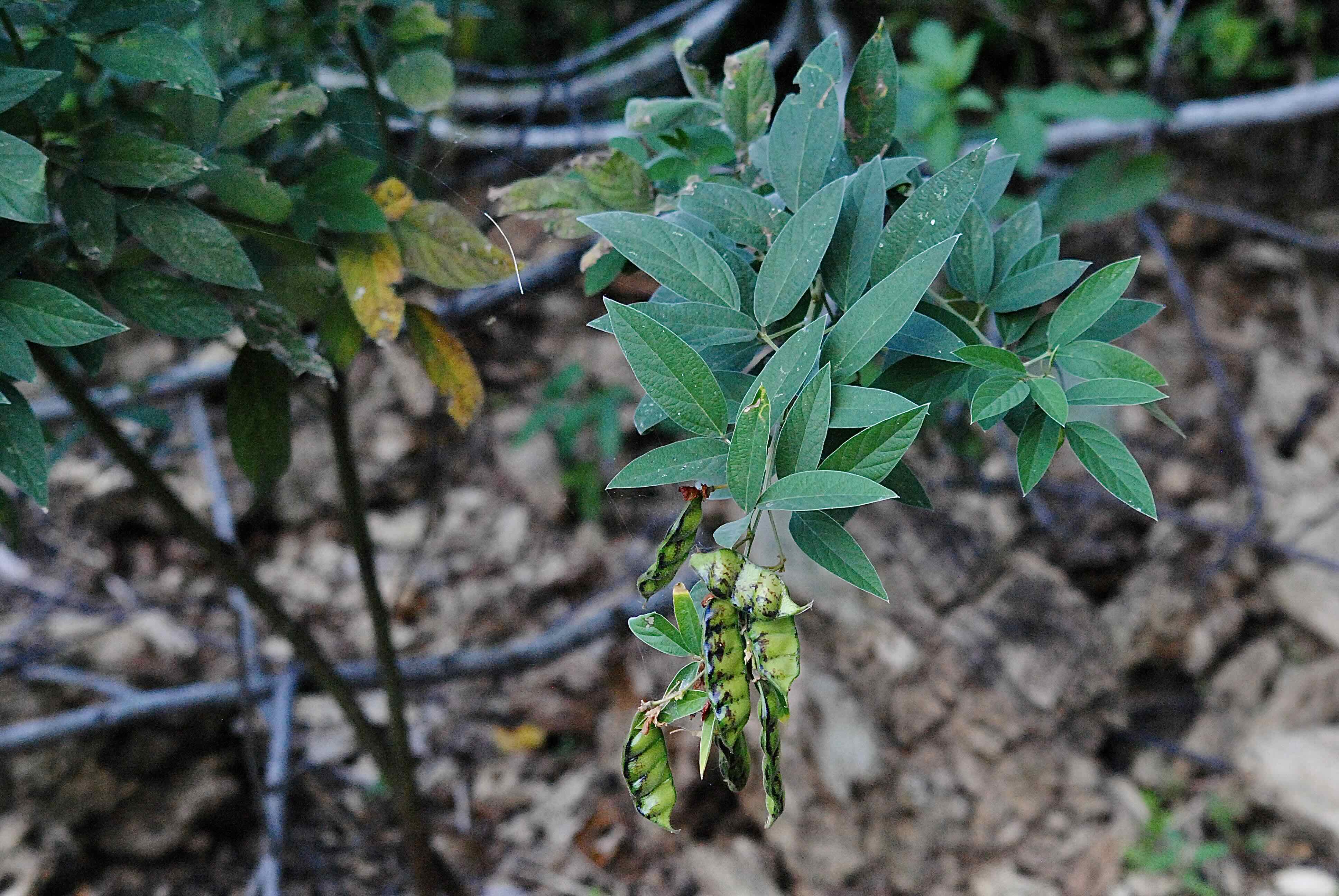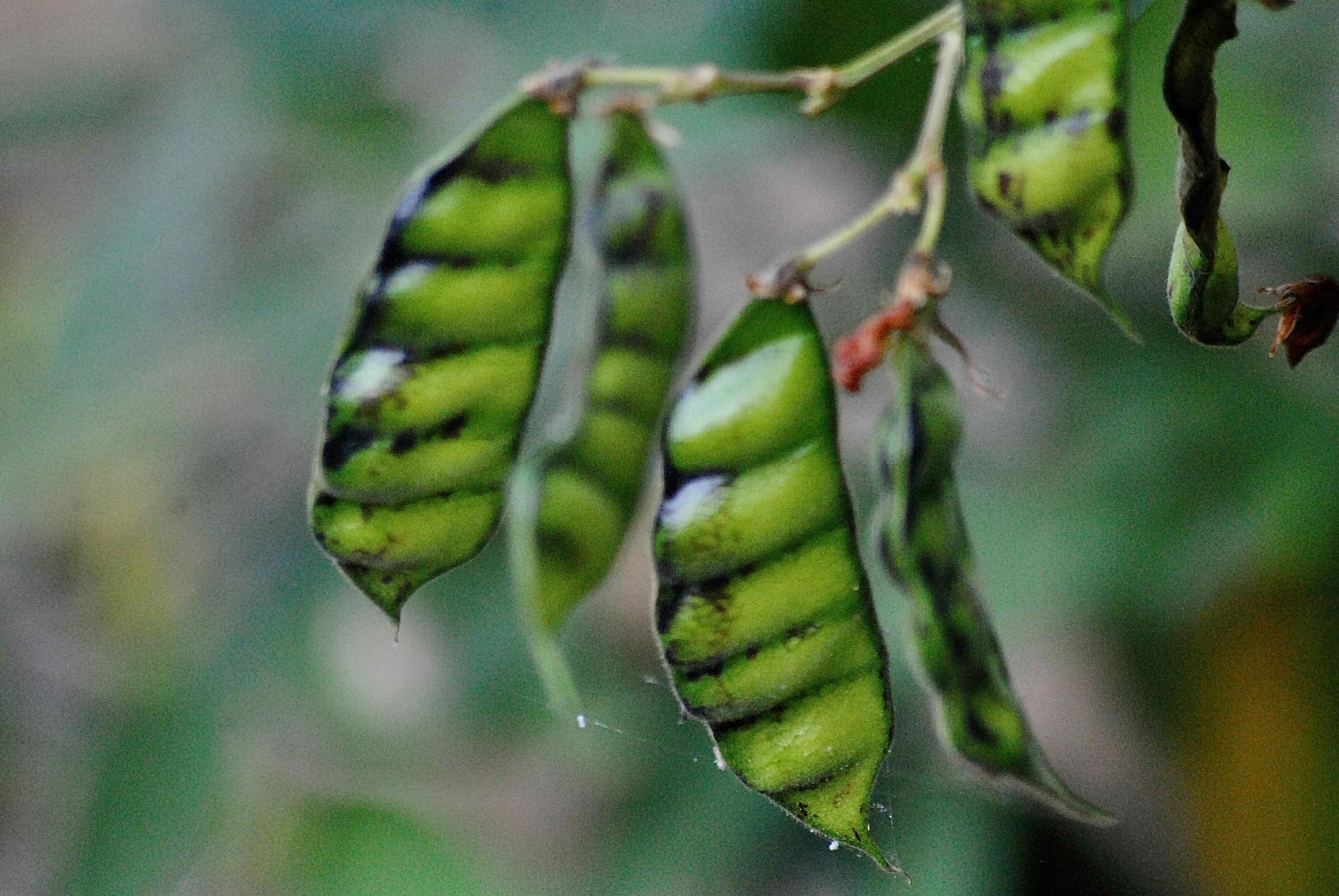
Pigeon pea, photographed at Yamato Scrub Natural Area, Boca Raton, Palm Beach County, in April 2016.
You’re looking at one of the humanity’s oldest cultivated crops and a rather odd find in the wilds of South Florida.
Pigeon pea, Cajanus cajan.
It’s also one of the most important pulse crops in the world and an important element in both Asian and Latin American cooking.
What is a pulse crop? We’ll get to that in a bit, but you almost certainly have eaten at least one in your lifetime, probably more. But first, back to our story.
https://pulses.org/what-are-pulses The human use of pigeon pea likely dates as far back as 4,500 to 5,000 years ago in eastern India. There is evidence that people began developing varieties from wild seed — long season and short season — between 3,200 and 3,700 years ago.
From India, it likely spread to other parts of Southeast Asia and eventually to Africa. There is also some evidence that it originated in Africa, but the consensus favors India as its native range and the place where it was first cultivated.
However, it spread to the New World — the Caribbean, Central America and South America — from Africa, possibly through the slave trade.
Regardless of its origins, it’s become a staple in the cuisines of much of the globe. In India it’s used to make a dish called dahl (also spelled dal); in Latin America, it’s used to make that staple, beans and rice.
It’s grown in tropical and subtropical places, including the southeastern United States. It’s grown commercially in the U.S., with a 2025 market value of estimated at $6.4 billion.

Two things have made pigeon pea an important, maybe event vital, food crop: it has a high protein content, so much so it’s been call poor man’s meat, and it has a deep root system that makes it extremely drought tolerant, a crucial characteristic in places where rains can be an iffy thing.
Pigeon pea also makes a good cover crop — it is a legume — and fodder for grazing cattle.
Pigeon pea is a shrubby plant capable of hitting 12 feet tall, but usually tops off between three and six feet. The stem is woody near the base, ribbed and covered in fine hairs. Its bell-shaped flowers are yellow or yellow-red and are borne at the joint where stem and leaf meet. The older it gets, the woodier the stem becomes. It is a short-lived perennial.
The flowers give way to clusters of segmented pods, each about two to three inches long and a half-inch or more across, containing two to eight seeds. It is a prolific seed producer — according to the U.S. Department of Agriculture, a single Hawaiian hybrid plant was shown to yield 6,460 seeds. An acre planted with pigeon pea can produce as much as a ton of seed.
Leaves are compound, with three leaflets that are somewhat lance-shaped to somewhat oval-shaped, a medium green above, gray-green underneath.
According to the U.S. Department of Agriculture’s PLANTS Database, pigeon pea is only found growing wild in Florida, Maryland and Hawaii. In Florida, it’s only been vouchered in Palm Beach, Broward, Miami-Dade and Monroe counties. Even within those counties, it’s a rarity, according to the Institute for Regional Conservation.
And despite its exotic status, pigeon pea is well-behaved here. It is not considered an invasive.
Still wondering what a pulse crop is? So were we when we first came across the term. Pulse crops are legumes grown for their dried seeds. If you’ve had black-eyed pea to celebrate the New Year, you’ve eaten a pulse crop. Lentil soup? A pulse crop. Snap peas and green beans, not so much, since they're harvested green. Pulse crops are important sources of food, because they are nutritious and can be stored easily.
Pigeon pea is also spelled pigeonpea. Other common names include Angola pea, Congo pea, dhal, no-eye pea, gungo pea and red gram. It is a member Fabaceae, the pea family.
Yamato Scrub Natural Area
